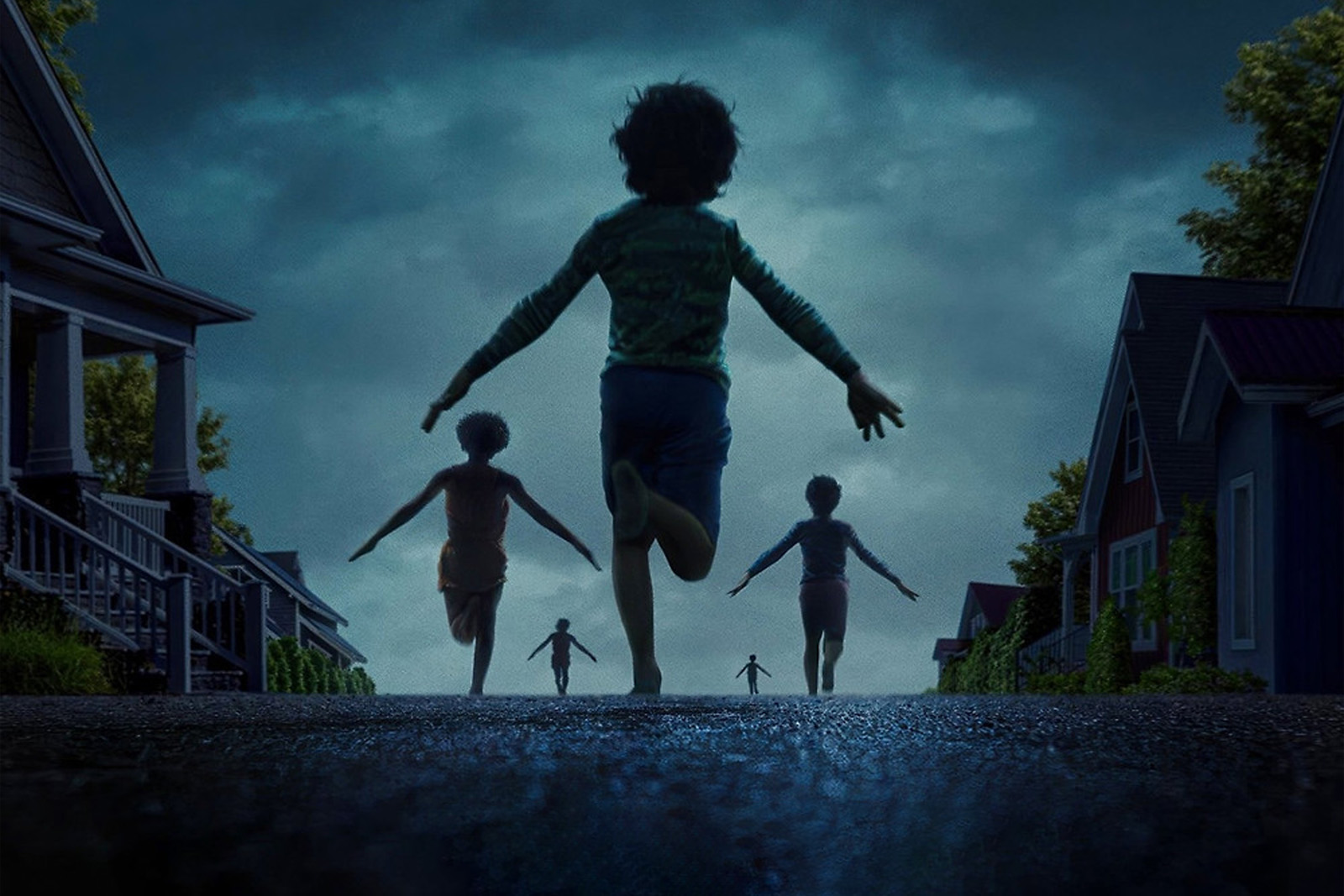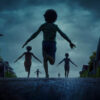PetaPixel’s recent piece on Weapons director Zach Cregger struck me because it reveals something we don’t always acknowledge in photography: the way iconic images embed themselves into our collective visual memory, resurfacing decades later in surprising contexts. In this case, it’s Nick Ut’s “Napalm Girl” — a photograph that defined the horror of the Vietnam War — inspiring one of the creepiest moments in a modern horror film.

of war, capturing the human cost of conflict and inspiring generations of visual storytellers.
While most film discussions focus on technique, Cregger’s admission highlights something more profound: body language in photography can carry such enduring emotional weight that it seeps into storytelling across mediums. In Weapons, the unsettling scene of children running in eerie unison directly references the posture captured in Ut’s 1972 photo. The director described the image’s haunting power in simple terms: “It just killed me.”
What makes this story compelling isn’t just the cinematic influence, but the reminder of how deeply photographs can shape cultural imagination. Napalm Girl was never intended as artful horror — it was raw reportage. Yet its visual language of innocence colliding with devastation continues to ripple outward, now echoing in a fictional horror narrative.
For photographers, there are powerful takeaways here. First, posture and gesture often speak louder than context. The way a body holds tension, the angle of arms or the shape of a silhouette, can communicate fear or vulnerability more viscerally than facial expressions. Second, it underscores the responsibility that comes with drawing from iconic images. Borrowing from a photograph rooted in trauma means carrying its history forward — intention and sensitivity matter.
The PetaPixel piece also invites reflection on how we all borrow unconsciously. Whether we’re making portraits, street images, or fine art, the DNA of iconic photography lingers in our choices. Recognizing those influences doesn’t diminish originality — it deepens it, giving us a clearer understanding of what emotional currents we’re channeling.
Perhaps the most valuable insight here is that haunting imagery isn’t about technical tricks or dramatic settings. It’s about the resonance of shapes, gestures, and echoes of shared history. That’s what makes photographs endure — and what allows them to inspire work in fields far removed from their original purpose.
Visit PetaPixel to read the full article and see how one war photograph continues to shape the way we tell stories of fear, vulnerability, and collective memory. It’s a powerful reminder that photographs don’t just document history — they become part of how we dream, imagine, and create.
Best Thing We Read This Week shares photography articles that challenge our perspectives and deepen our understanding of the craft. Have an article to suggest? Share it in the comments below.








